Haworthia Truncata cv. 'Red Fuji' (HTRF1) 🌱
Haworthia Truncata cv. 'Red Fuji' (HTRF1) 🌱
Highly variegated Haworthia truncata cv. 'Red Fuji' growing in a 2.5-inch pot.
Haworthia truncata 'Red Fuji' stands out from the typical rosette-shaped Haworthia because of its distinctive fan-shaped leaves that appear as if they've been sheared at the tips. The fleshy, dark green foliage is adorned with cream-yellow variegation that often develops a rich reddish hue. These unusual leaves also feature translucent windows, allowing light to penetrate deep into the plant, enhancing its photosynthetic efficiency.
*The plant pictured is the plant that you will receive. By purchasing, you agree to our Shipping Policy and Refund Policy.*
Couldn't load pickup availability
Haworthia Genus
Haworthia Genus
Haworthia is a diverse genus of small succulents native to Southern Africa, known for their resilience and adaptability. Most have rosette-shaped leaf formations, though the popular fan-shaped H. truncata is a notable exception.
The leaves of Haworthias are the true highlight, exhibiting a remarkable range of colors and textures—from dark green, firm, and fleshy to softer varieties with translucent leaf windows that allow sunlight to penetrate deep into the plant.
With around 150 accepted species, though the exact number remains a subject of debate, Haworthias showcase a stunning variety of forms, shapes, and colors. Their compact size makes them ideal for indoor cultivation.
Haworthia Care
Haworthia Care
Haworthias are resilient and easy-to-care-for succulents, ideal for both novice and experienced plant enthusiasts. These plants thrive in bright, indirect light and prefer temperatures between 75-90°F (24-32°C). They can tolerate lower temperatures as long as they are not exposed to prolonged wet soil conditions.
When it comes to soil, Haworthias require a well-draining mix to prevent root rot. Watering should be done when the soil is completely dry, particularly in the winter months when the plant's growth slows down.
Share








